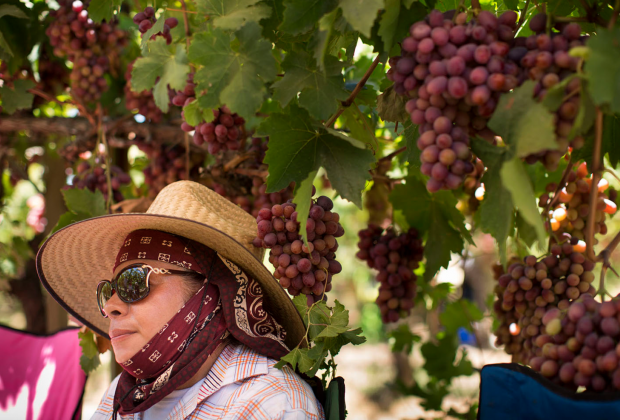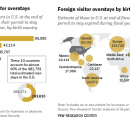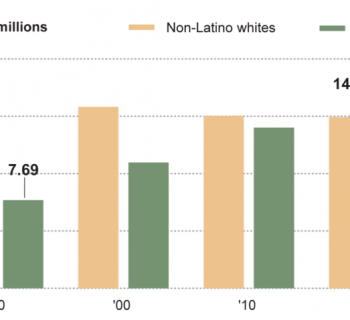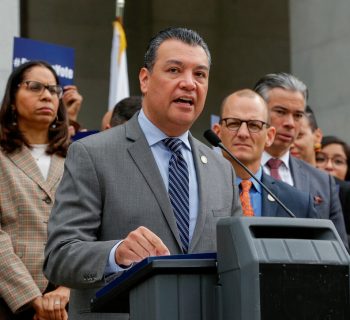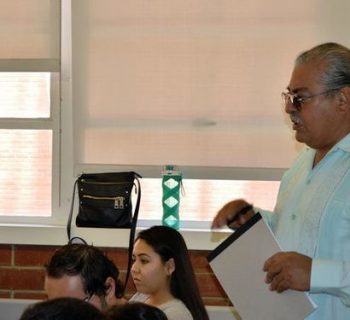Written by: Sharon Hong
Migrant workers follow the harvest to find jobs. One CSULB student is also hoping her studies will yield a bright future. This is her story.

Twenty-year old Guadalupe Ayala-Arroyo is a third-year psychology major. She’s also a migrant worker helping her parents harvest grapes and strawberries during winter and summer break.
“I never imagined my parents having breakfast on the floor with dirt and little bugs crawling everywhere. I was shocked. The first time I went to work with them I said, ‘You guys work in these conditions?’ But you learn to go with it.
Guadalupe and other migrant workers can be in the fields for 10 to 12 hours a day. Summers in Coachella are particularly difficult because of soaring temperatures.
One of the biggest struggles for migrant studies is getting a quality education while constantly moving. Some families move every two to three months following the harvest. Some even travel from state to state.
40% of all migratory or seasonal farmworkers in the U.S. live in California. Older children of migrant workers often do farm work alongside their parents.
The migrant education program in Los Angeles County serves 5,000 to 6,000 migrant students. And almost all migrant students who attend university are first generation college-goers.
“I was very afraid of you going to college because I had no idea what you were up against. But I knew that you were intelligent and that you could overcome anything. The conferences and workshops helped me let go. They encouraged me to let you fly on your own.” - Maria Ayala, Gualadulpe’s mother
Many migrant parents do not send their kids to college because they are fearful or ill-informed. Some parents also rely on their children to help with finances.
Workshops teach parents about the application process, the kind of aid available and what to expect when their children are admitted.
CSULB is host to one of eith College Assistance Migrant Programs (CAMP) in California – a federally funded program to assist high school-aged students to get into college and successfully complete their first year.

CAMP staff help migrant students fill out college applications and apply for financial aid. Once admitted to college, students and their parents are taught how to navigate the university system, make financial aid decisions, sign up for classes, and are given resources, too.
CSULB’s CAMP program is funded to serve 40 new students per year. About 70 percent of CAMP students achieve graduation – a higher average than the university as a whole.
“When I go home, I think to myself: See, this is why you stay up late and do good on your exams. So you don’t end up here. That’s what I tell myself when I’m working there.”
Role Model from CSULB on Vimeo.
“I am proud because you are my first one, and now your sisters will follow in your footsteps.” - Maria
CREDITS:
Photos: Joseph Philipson
Videos: Michael Sullivan
Art direction: Anna Hovhannisyan
Web Development: Frederick Camba
Translation: Navely Alba
Special thanks to Rafeal Topete and the Ayala family.

